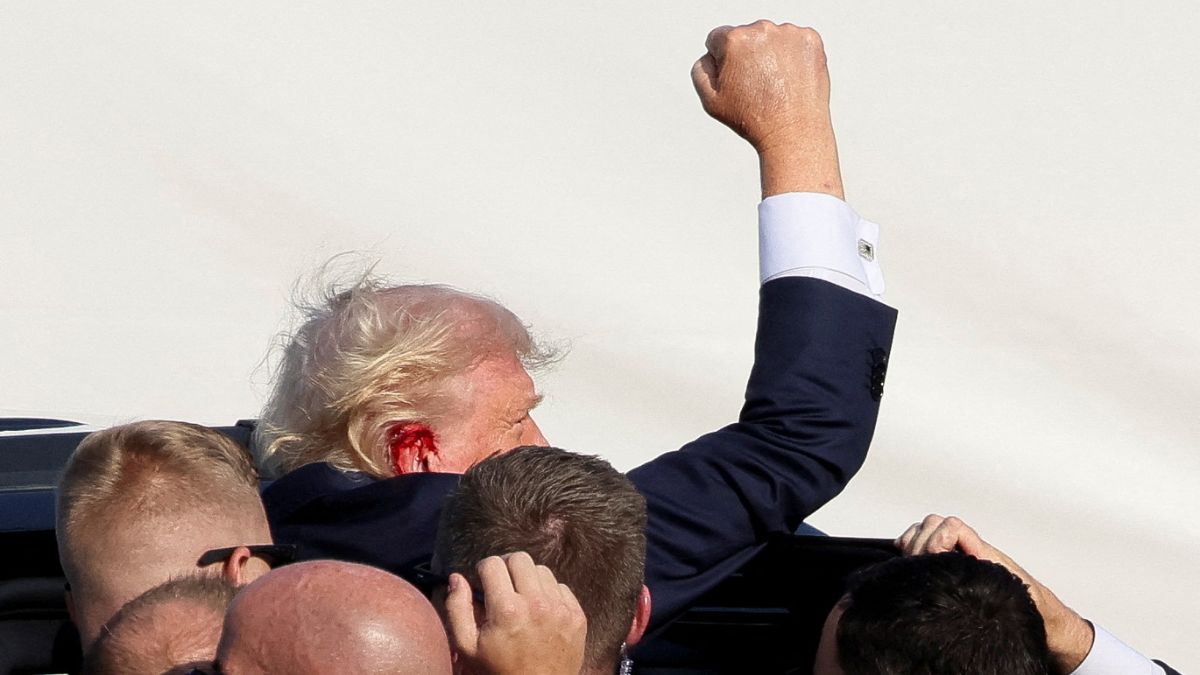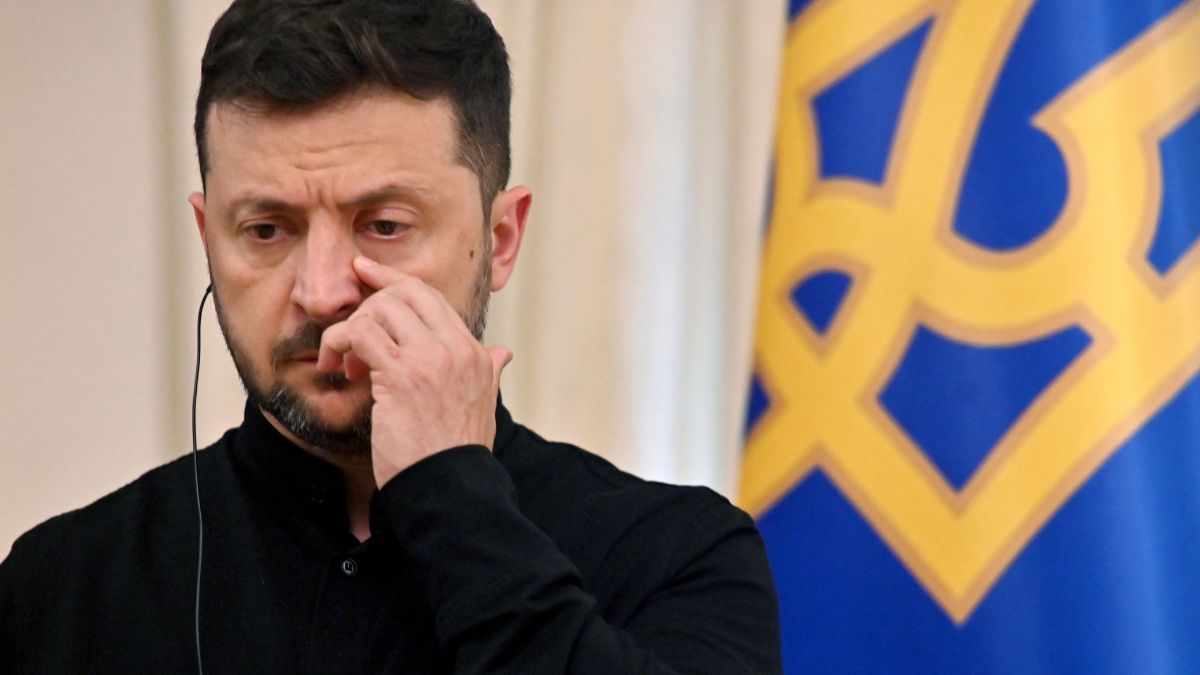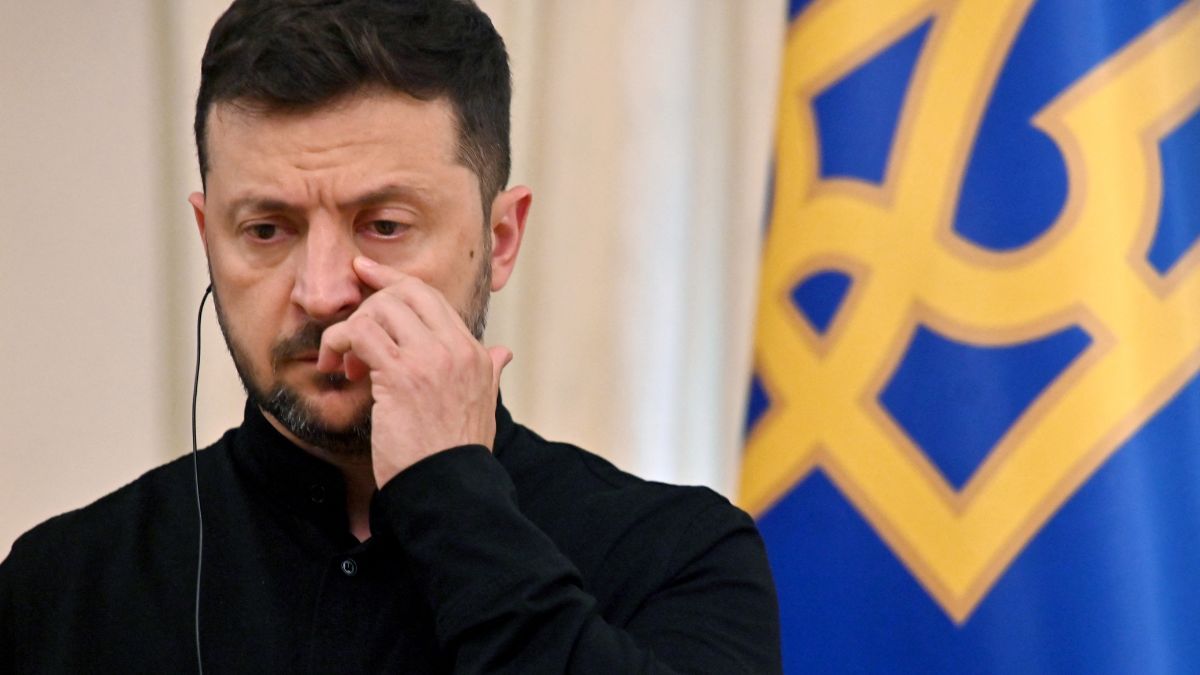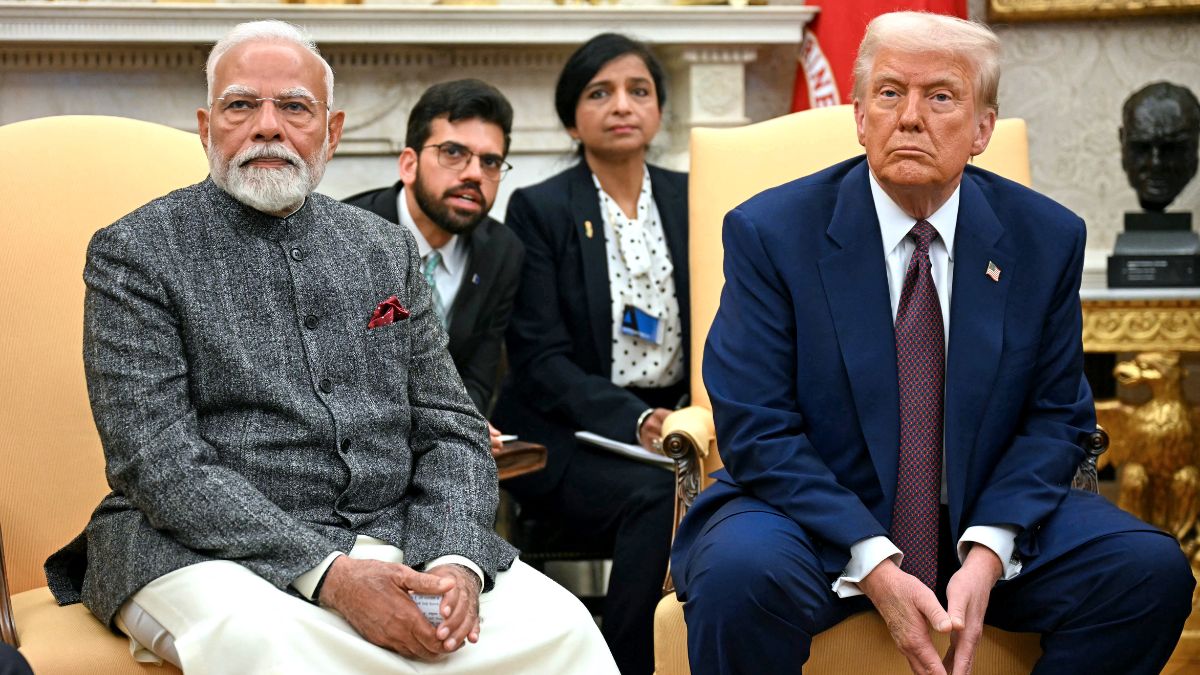Was Donald Trump’s assassination attempt in July preventable? A new report by a bipartisan Senate committee has revealed several flaws on the part of the Secret Service, avoiding which could have not saved the former president from an injury in the ear.
Multiple Secret Service failures ahead of Trump’s rally in Butler, Pennsylvania, where a gunman opened fire were “foreseeable, preventable, and directly related to the events resulting in the assassination attempt that day,” the report says.
The Senate Homeland Security and Governmental Affairs Committee released a report on Wednesday that highlighted failures at almost every level of the Secret Service.
Here’s what the report found:
No clear in-charge: There was no clear sense of who was heading the Butler rally’s security arrangements. The report said members of the Secret Service “could not answer questions about who – specifically – was responsible” for overseeing the inner and outer perimeter of the rally
Communication gaps: There were no defined responsibilities assigned to anyone and questions about how communications would work that day were also not answered. Officials were operating on multiple, separate radio channels, leading to missed communications, and an inexperienced drone operator was stuck on a helpline after his equipment wasn’t working correctly
No visual barrier to prevent shooter from aiming: The shooter, Thomas Matthew Crooks, would have had a hard time aiming at Trump if the Secret Service had installed physical visual barriers. Testimonies from Secret Service agents and Butler officials reveal a lack of a designated agency responsible for securing the building, which became a significant problem when the rally escalated into an emergency.
Lack of resources: For Trump’s rally, a request was made to deploy Counter Assault Team liaisons but the report says that the bid was rejected. The chief advance agent informed the committee that she asked the Secret Service for 13 magnetometers, but was only provided with 10. Other resources that were denied include additional counter-drone equipment while requests made to restrict flight movement in the airspace were also rejected
With inputs from agencies


)
)
)
)
)
)
)
)
)



